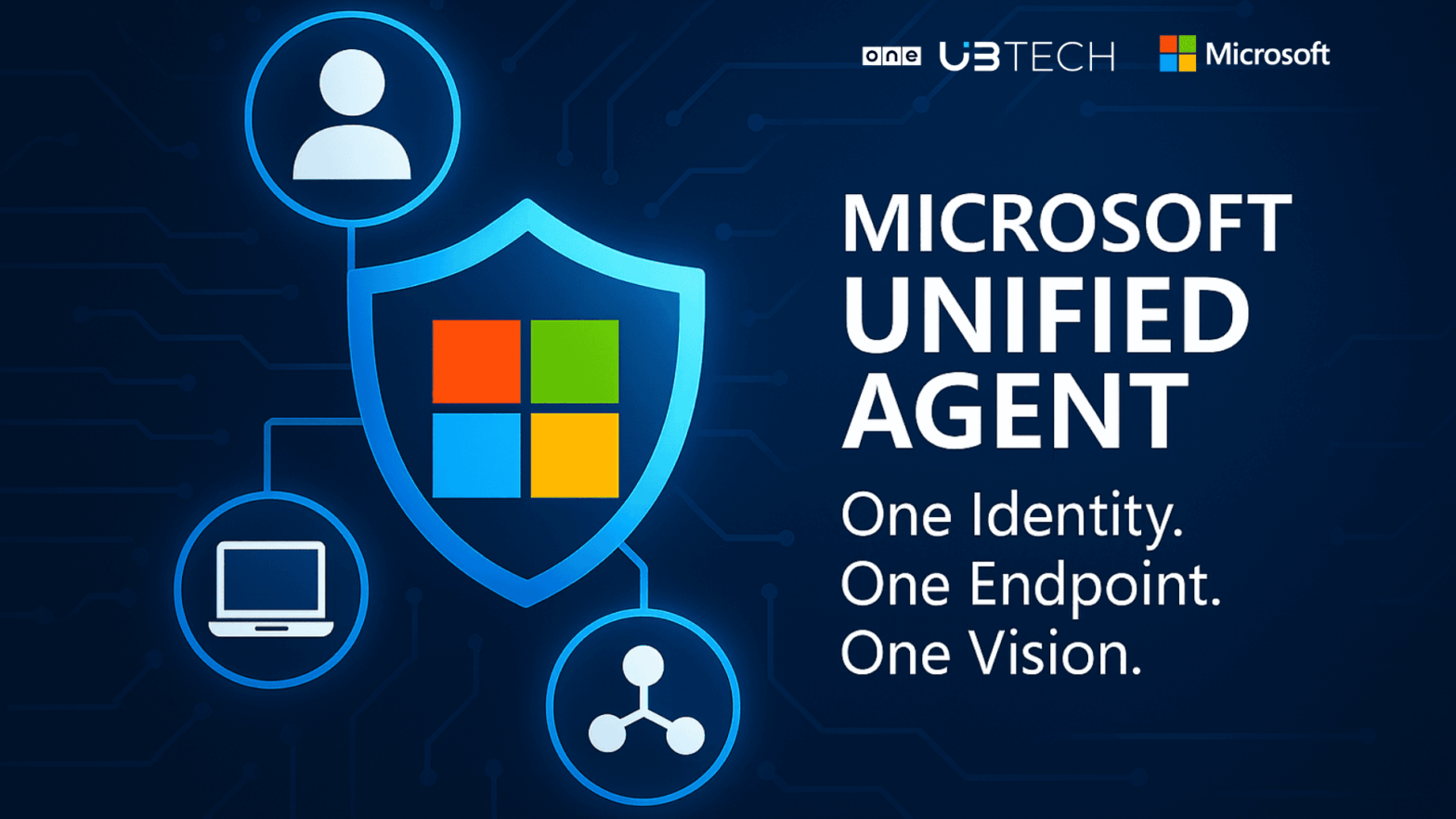Microsoft’s Unified Agent: A Game Changer for Identity Centric Security
Microsoft has introduced the Unified Agent, a groundbreaking innovation that merges Defender for Endpoint and Defender for Identity into a single, streamlined sensor. This transformative leap in cybersecurity was proudly developed in Israel by the Microsoft Defender for Identity team 🇮🇱.
But this isn’t just another agent update; it’s a paradigm shift in Identity Threat Detection & Response (ITDR). For the first time, security teams can harness identity signals, endpoint behavior, and network activity within one unified framework.
The Unified Agent eliminates the complexity of managing multiple consoles and agents. By delivering context-aware detection, it enables security teams to trace attacks that begin with compromised identities and propagate across endpoints. This unified visibility leads to:
- Faster response times
- Fewer blind spots
- Improved correlation of threat signals
- Stronger, more proactive defenses
It also aligns perfectly with Microsoft’s broader XDR (Extended Detection and Response) vision, where tools like Entra, Defender, and Purview work together seamlessly to protect the enterprise.
We believe this is more than a technical enhancement; it’s a strategic evolution. It reflects a growing recognition that identity is the new security perimeter.
By unifying endpoint and identity telemetry, Microsoft empowers defenders to detect Lateral movement, Privilege escalation, & Abnormal access patterns – all in real time, without switching tools or waiting for delayed syncs. This level of clarity and correlation is exactly what modern Security Operations Centers (SOCs) need to stay ahead of threats.
“The future of cybersecurity isn’t about collecting more data—it’s about connecting the dots between identity, access, and intent.”
The Unified Agent is a major step toward that future. It simplifies security operations, especially for organizations already leveraging Defender for Endpoint and Entra ID in hybrid or multi-cloud environments.
🔗 Read more (Hebrew): ITtime article
Written by: Shimi Cohen, CISO UBTECH




